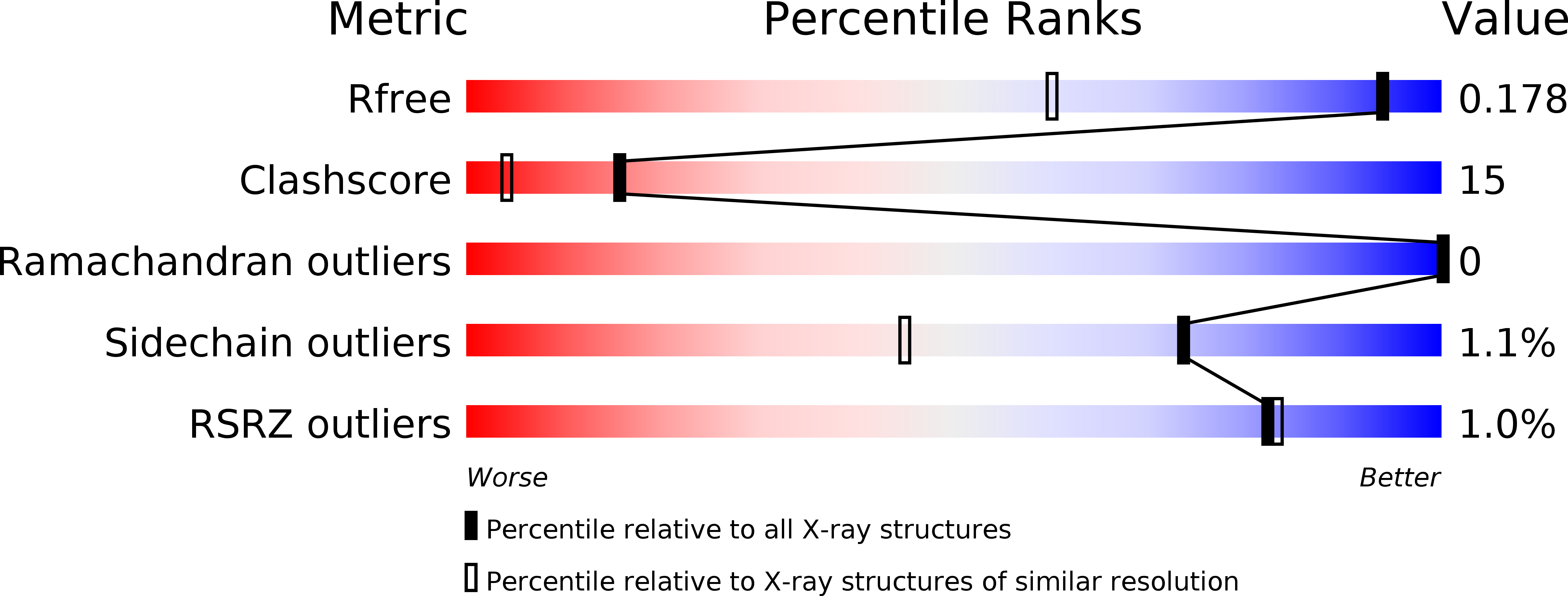
Deposition Date
2010-08-27
Release Date
2011-05-25
Last Version Date
2023-09-06
Entry Detail
PDB ID:
3OMY
Keywords:
Title:
Crystal structure of the pED208 TraM N-terminal domain
Biological Source:
Source Organism:
Escherichia coli (Taxon ID: 562)
Host Organism:
Method Details:
Experimental Method:
Resolution:
1.30 Å
R-Value Free:
0.17
R-Value Work:
0.14
R-Value Observed:
0.15
Space Group:
P 41 21 2


